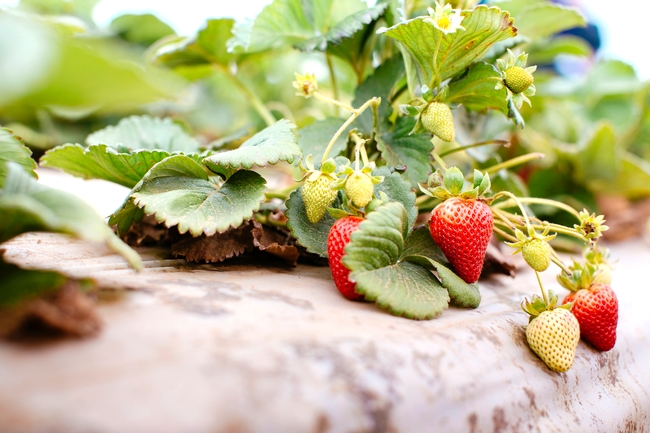Jul 1, 2024
As the summer sun shines brightly, July is a critical period for gardeners to nurture their plants, ensuring they thrive during the hottest part of the year. This month is a time of significant growth and harvest, where your diligent care can lead to a successful and bountiful garden. Here are gardening tips to help you make the most of your garden in July.
- Morning Watering: Water your plants early in the morning while it's still cool. This practice reduces evaporation and moisture loss, ensuring plants receive as much of the water as possible. Additionally, morning watering allows the plants to dry off before bright overhead sun exposure, reducing the risk of sunburn. Correctly irrigated plants are less susceptible to pests and diseases.
- Watering Young Plants: Closely monitor fruit and shade trees, shrubs, and perennials planted within the last year. Newly planted perennials have small root systems and are vulnerable in drought and low water conditions.. Check soil moisture regularly to prevent dehydration.
- Monitor Vegetable Plants: Wilting or drooping leaves on vegetable plants during hot afternoons do not always indicate dry soil. Check the soil moisture with a moisture probe or by digging down and water only when necessary to avoid overwatering.
- Prune Apricot and Cherry Trees: Apricot and cherry trees should be pruned in summer to avoid a fungal disease called Eutypa dieback. Prune upright growth to manage size and encourage the tree to put nutrients into fruiting branches.
- Regular Harvesting: Harvest beans, cucumbers, squash, and tomatoes at least every other day. Regular harvesting promotes further production, ensuring a continuous and bountiful supply of summer vegetables.
- Protect Tree Trunks: Apply a 50:50 mix of interior white latex paint and water to tree trunks to prevent sunscald, a condition where the bark of a tree becomes sunburned. This is particularly important for young trees, as they have not yet developed a thick bark to protect them from the sun's rays.
- Weed Control: Continue pulling weeds before they form seed heads or scatter their seeds. Consistent weeding now will reduce weed problems later in the season.
- Prune Berry Canes: After berry harvest, prune the canes that have finished flowering and bearing fruit. The canes that have not flowered and fruited should be retained. Different berries require specific pruning techniques, so know your variety and prune accordingly.
- Tomato Care: Watch for pests and diseases on your tomato plants. Maintain a consistent watering schedule to prevent issues like blossom end rot and monitor for destructive pests like the tomato hornworm caterpillar.
- Care for Roses: Prune spent flowers to encourage more blooms later in the season. Remove flowers by cutting above the first outward five-leaflet set of leaves (or lower on mature plants). Dead and crossing canes can also be removed at any time.
Ask your local UC Master Gardener Program.
Have a gardening question? UC Master Gardener volunteers are available to help. Click here to Find a Program and connect with your local UC Master Gardener Program. You will be redirected to your local county website and contact information. UC Master Gardener volunteers are available to help answer questions for FREE. Happy gardening!
